An unlikely aesthetic is a new form of self-expression for a new generation.

A surprising and delightful trend is emerging in home decor as Gen Z men are embracing a “grandma’s aesthetic.” This isn’t about being ironic; it’s a genuine appreciation for a style that is cozy, eclectic, and full of character. This trend is a clear rejection of the sterile, minimalist design that has dominated home decor for years.
This generation finds itself drawn to a style that is a direct contrast to the curated, performative nature of social media. They are seeking out a home that feels lived-in and loved, filled with vintage finds, floral patterns, and a sense of history. This aesthetic is not just about decorating a home; it’s about creating a personal sanctuary that is genuinely theirs.
1. The appeal of vintage furniture with a story is a key factor.
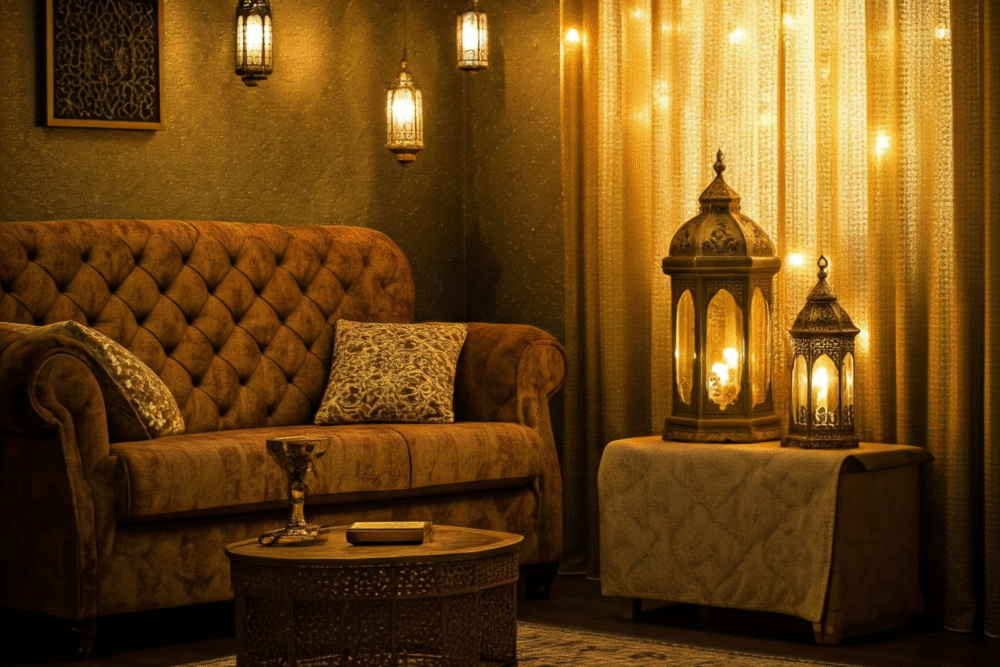
Gen Z men are rejecting the uniformity of modern furniture in favor of vintage pieces that have a story to tell. They’re spending weekends at thrift stores and flea markets, searching for unique finds that add character and history to their homes. This is a clear rejection of the fast-furniture culture that has dominated home decor, in favor of something more sustainable and personal.
This trend is a powerful form of rebellion against a culture that has devalued their money. They’re choosing to define style on their own terms, where a well-loved, second-hand piece is more important than a brand-new, mass-produced one. This is a clear signal that they are building a life based on their own values, not on the expectations of others.
2. They are embracing floral patterns in their decor.
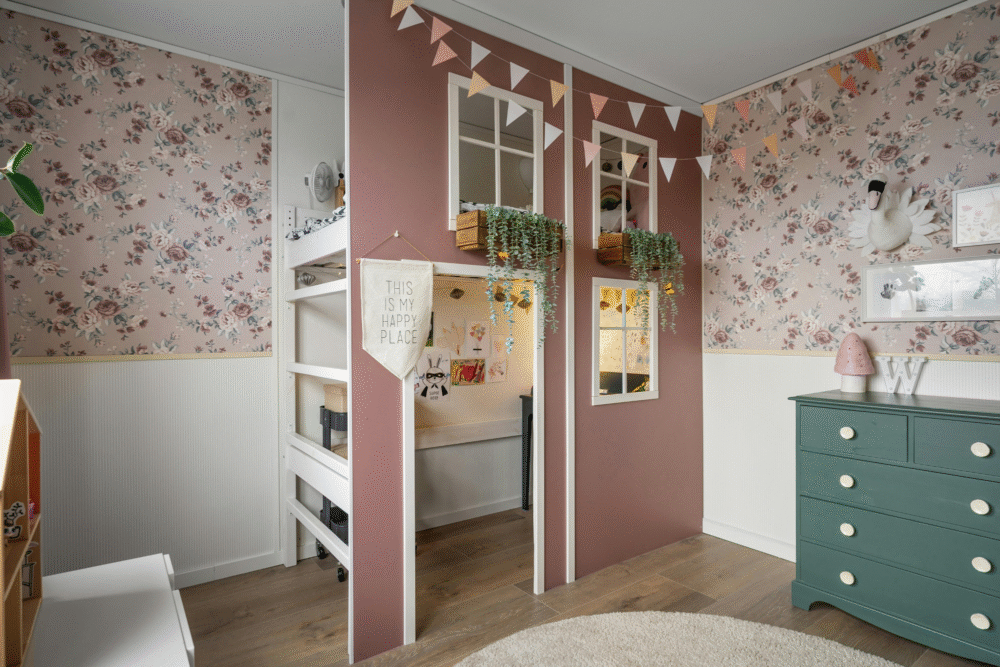
Floral patterns, once a staple of “grandma’s aesthetic,” are being embraced by Gen Z men in their home decor. From floral wallpaper to vintage floral couches, they are using these patterns to add a sense of warmth and character to their homes. This is a clear rejection of the sterile, minimalist design that has dominated home decor for years.
This trend is a powerful form of rebellion against a culture that has been afraid of color and pattern. They are choosing to define style on their own terms, where a bold, beautiful floral pattern is more important than a bland, neutral wall. This is a clear signal that they are building a life that is based on their own values, not on the expectations of others.
3. Creating a cozy, lived-in space is the main goal.
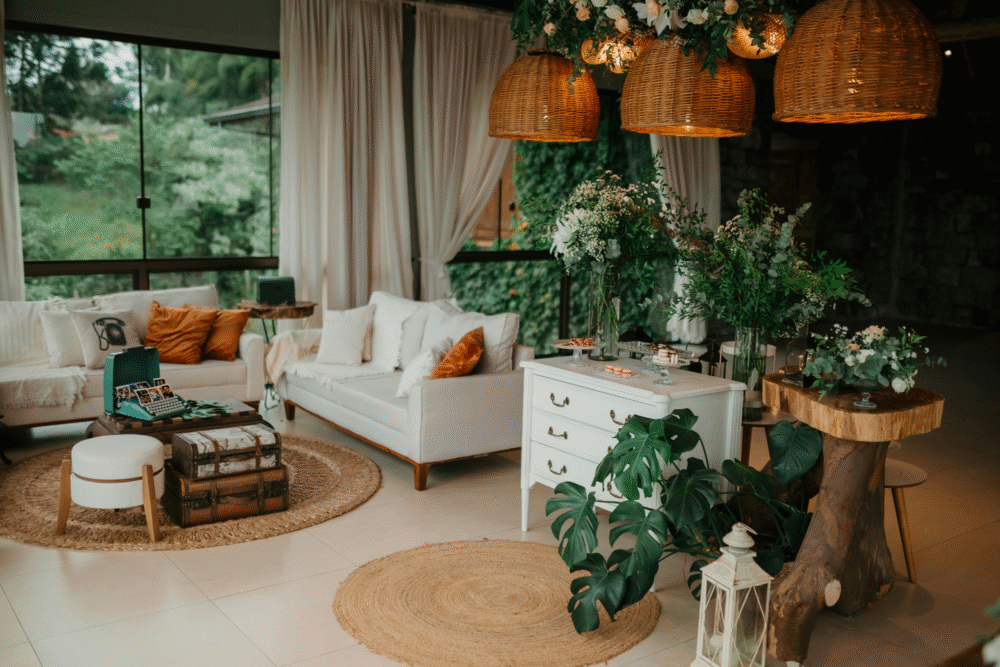
Gen Z men are rejecting the idea of a perfectly curated, showpiece home in favor of creating cozy, lived-in spaces with personality. They are using their homes as a canvas for self-expression, filling them with personal mementos, art, and books. This is a clear rejection of the performative nature of social media, in favor of a home that is genuinely theirs and not just a backdrop.
This trend is a powerful form of rebellion against a culture that has been afraid of personality. They are choosing to define a home on their own terms, where a comfortable, lived-in space is more important than a perfectly staged one. This is a clear signal that they are building a life based on their own values, not on the expectations of others.
4. They are embracing a maximalist approach to decor.
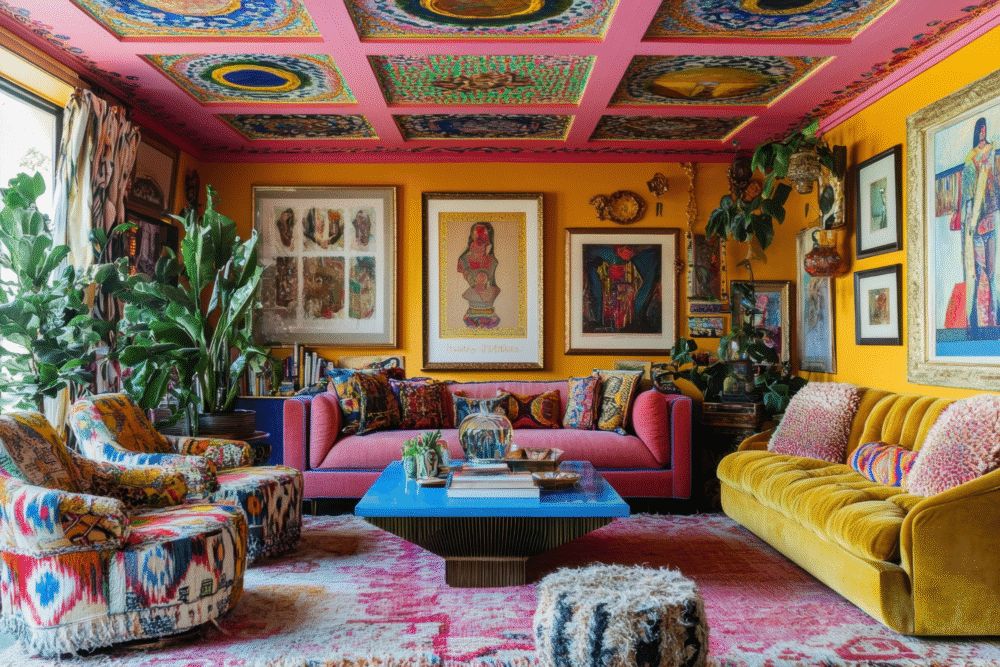
While minimalism has long been the dominant aesthetic, Gen Z men are embracing a maximalist approach to decor. They’re filling their homes with a collection of art, books, and objects that they love. This is a clear rejection of the idea that less is more, in favor of a home that is a true reflection of their interests.
This trend is a powerful form of rebellion against a culture that has been afraid of clutter. They are choosing to define a home on their own terms, where a maximalist, personal space is more important than a minimalist, sterile one. This is a clear signal that they are building a life that is based on their own values, not on the expectations of others.
5. They are using color and texture to add warmth.
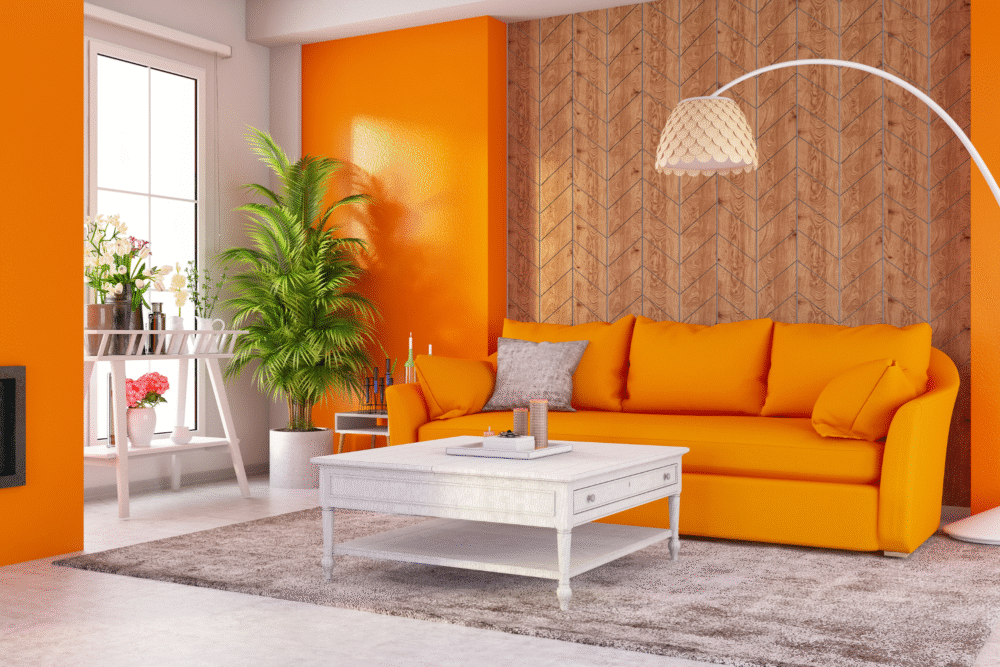
Gen Z men are rejecting the neutral, monochromatic aesthetic that has dominated home decor for years, in favor of a home that is full of color and texture. They’re using bold paint colors, textured rugs, and velvet couches to add a sense of warmth and personality. This is a clear rejection of the idea that a home should be bland and uninviting.
This trend is a powerful form of rebellion against a culture that has been afraid of color and texture. They are choosing to define a home on their own terms, where a colorful, personal space is more important than a neutral, sterile one. This is a clear signal that they are building a life that is based on their own values, not on the expectations of others.
6. The return of the record player is a key accessory.

A record player is a key piece of the “grandma’s aesthetic” for Gen Z men. This item elevates music listening from a passive background activity to a deliberate ritual. The process of taking a record out of its sleeve and dropping the needle forces you to engage with the music in a focused way. It’s a rejection of the algorithmic, shuffled playlists that dominate streaming.
This accessory is a powerful form of rebellion against a culture that is all about instant gratification. They are choosing to define a home on their own terms, where a tangible, ritualistic experience is more important than a quick, digital one. This is a clear signal that they are building a life that is based on their own values, not on the expectations of others.
7. Vintage lamps and lighting are being collected.

Gen Z men are rejecting modern, minimalist lighting in favor of vintage lamps and chandeliers. These unique pieces, often found at thrift stores, add a sense of history and warmth to a room. The soft, ambient glow of a vintage lamp creates a cozy and inviting atmosphere that a harsh overhead light cannot replicate.
This trend is a powerful form of rebellion against a culture that has been afraid of character. They are choosing to define a home on their own terms, where a vintage lamp with a story is more important than a brand-new, sterile one. This is a clear signal that they are building a life that is based on their own values, not on the expectations of others.
8. They are embracing the art of cooking and dining.

A key part of the “grandma’s aesthetic” is a focus on the kitchen and dining room. Gen Z men are rejecting the idea of fast food and takeout in favor of cooking elaborate meals from scratch. They are using vintage plates and glasses to create a dining experience that is both personal and nostalgic. This is a clear rejection of the convenience culture that has dominated their lives.
This trend is a powerful form of rebellion against a culture that has been afraid of effort. They are choosing to define a home on their own terms, where a home-cooked meal is more important than a quick, digital one. This is a clear signal that they are building a life that is based on their own values, not on the expectations of others.
9. They are using plants to add life and coziness.
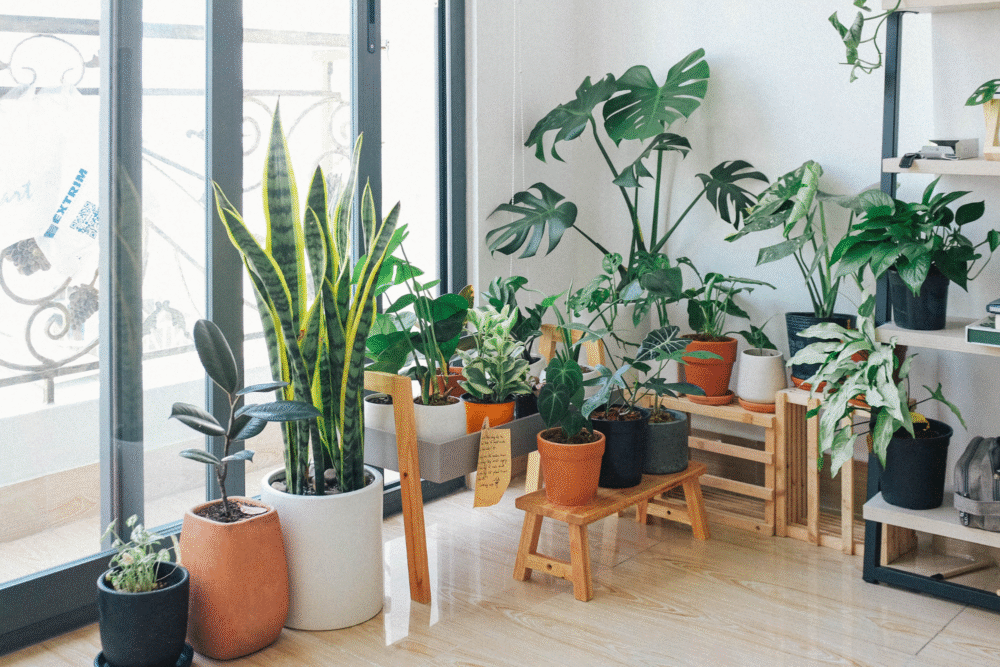
Gen Z men are rejecting the idea of a sterile, empty room in favor of a home that is full of life and plants. They are using plants of all shapes and sizes to add a sense of warmth, coziness, and character to their homes. This is a clear rejection of the idea that a home should be bland and uninviting.
This trend is a powerful form of rebellion against a culture that has been afraid of life. They are choosing to define a home on their own terms, where a plant-filled, personal space is more important than a minimalist, sterile one. This is a clear signal that they are building a life that is based on their own values, not on the expectations of others.
